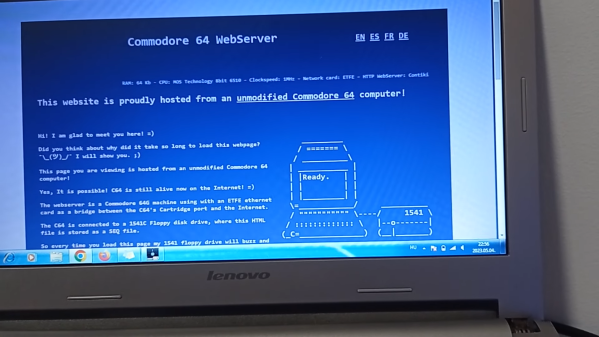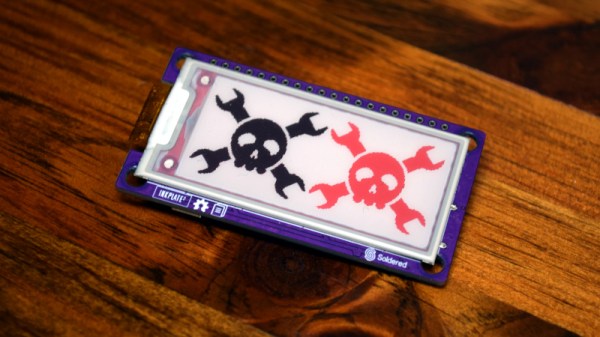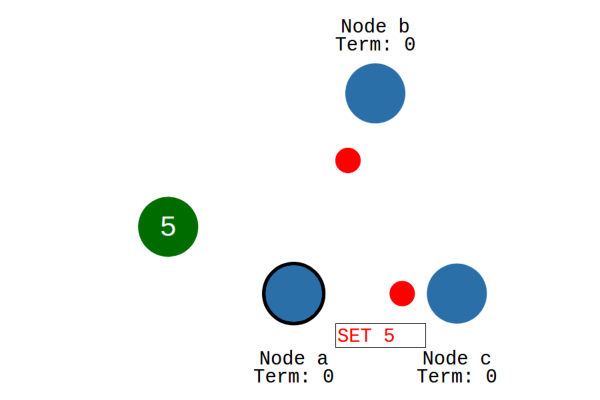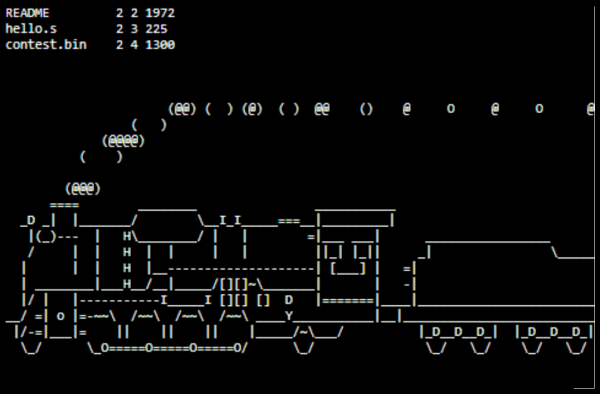These days, most webservers are big hefty rackmount rigs with roaring fans in giant datacenters. [naDDan]’s webserver is altogether more humble, as it runs on a single Commodore 64.
The C64 is running Contiki OS, an operating system for 6502-based computers. It’s built with an eye to networking, requiring ethernet hardware for full functionality. In [naDDan]’s case, he’s outfitted his C64 with an ETFE network adapter in the cartridge port to get it online. It serves up the HTML file off a 1541C floppy drive, with the drive buzzing away every time someone loads up the page.
The page itself is simple, showing some basic information on a simple blue background. There is some scrolling text though, as is befitting the 8-bit era. It’s also available in four languages.
[naDDan’s] server can be found here, according to his video, but at the time of writing, it was down for the count. Whether that’s due to a dynamic DNS issue or the simple fact that an 8-bit 6502 isn’t up to heavy traffic is up for debate. Regardless, try for yourself and see how you go. Video after the break.



















